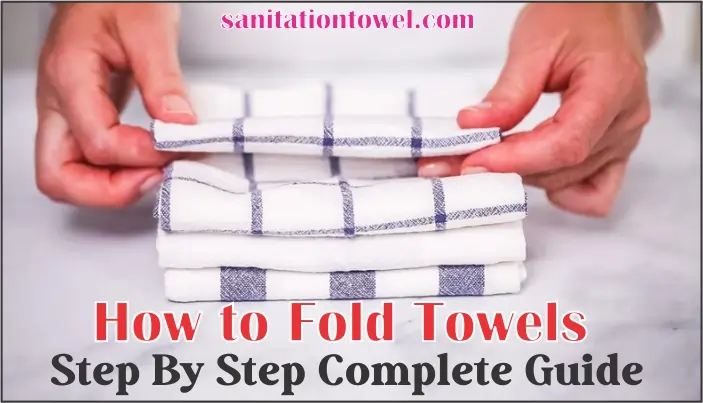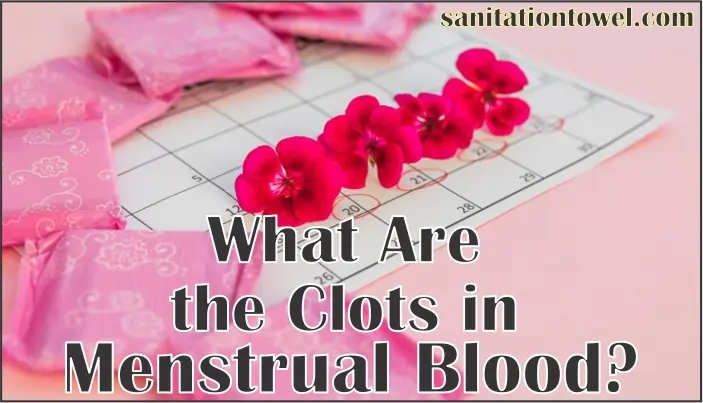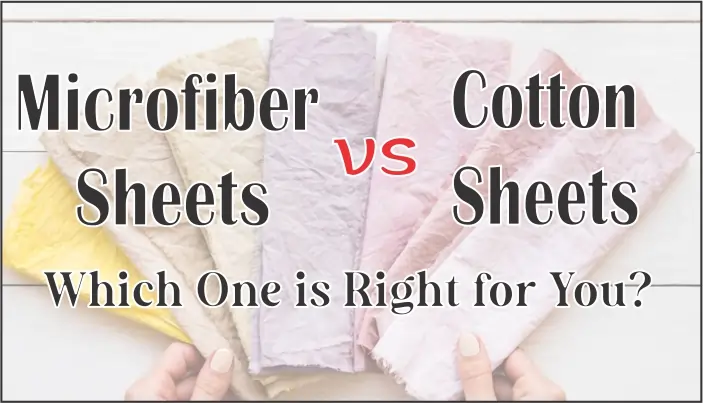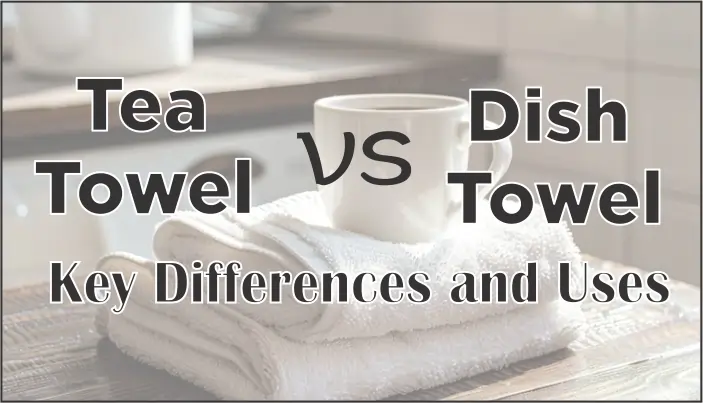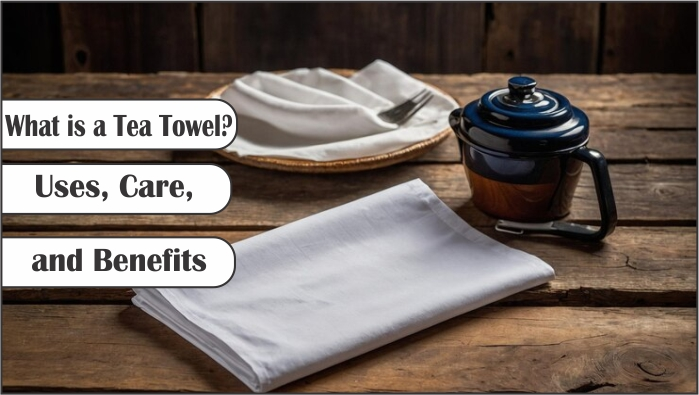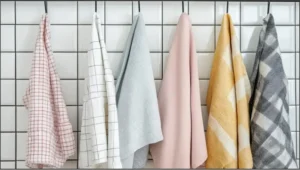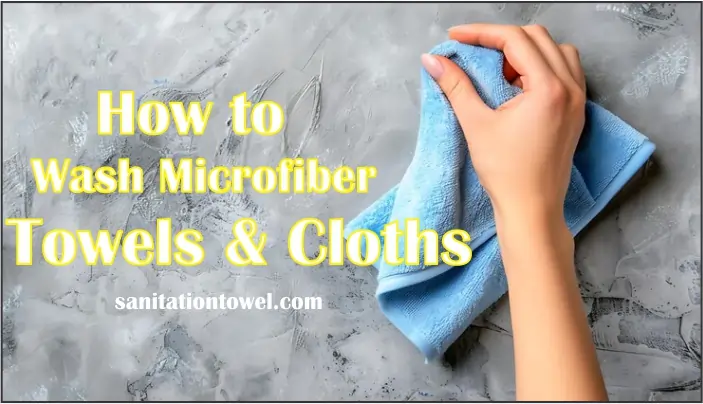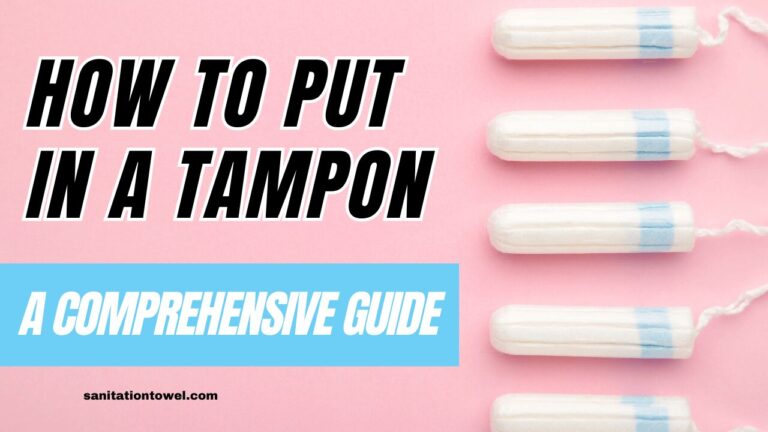When it comes to choosing the perfect bed sheets, two of the most popular options are microfiber and cotton sheets. Each offers unique qualities in terms of feel, durability, and maintenance, making it essential to understand how they differ before making a purchase. Cotton sheets are well-known for their breathability and natural softness, making them a go-to option for those seeking a luxurious sleeping experience. On the other hand, microfiber sheets made from finely woven synthetic fibers are celebrated for their affordability, stain resistance, and low-maintenance qualities.
Deciding between these two materials depends on your personal preferences and lifestyle. If you prioritize breathability, comfort, and high-quality sheets, cotton might be your best bet. However, if you need sheets that are easy to care for and resistant to wrinkles, microfiber sheets could be the better choice. While some question “Are microfiber sheets good” or wonder, “is microfiber bed sheets bad for you,” the answer largely depends on how well the material matches your needs.
This article will explore both materials in depth, covering their key features, pros and cons, and care instructions. By the end, you’ll have a clear understanding of microfiber vs cotton sheets and which one is ideal for your bedroom. Consider visiting our page at Sanitation Towel for more information on high-quality sanitation towels.”
Understanding Microfiber and Cotton Sheets
Both microfiber and cotton sheets have distinct qualities that set them apart, making each suitable for different types of sleepers and environments. Understanding these materials helps clarify what makes them unique and which factors to consider when deciding between the two.
What Are Microfiber Sheets?
Microfiber sheets are made from extremely fine synthetic fibers, often composed of polyester or nylon. These fibres are tightly woven to create a soft, smooth texture. One key benefit is their low maintenance and stain resistance, which makes them an attractive option for people seeking easy-care bedding. They are also known for retaining body heat, making them a popular choice in colder climates.
However, some people wonder “is microfiber bed sheets bad for you?” This concern often arises because microfiber can trap heat and moisture, which may not be ideal for individuals prone to night sweats. Nevertheless, microfiber sheets are durable and can withstand frequent washing without losing their softness, adding to their value. This durability sparks discussions about “microfiber sheet’s pros and cons,” which are crucial to consider before purchase.
What Are Cotton Sheets?
Cotton sheets are made from natural fibers derived from the cotton plant, and they are often praised for their breathability and softness. Higher-quality cotton sheets, such as those made with long-staple cotton, are particularly sought after for their luxurious feel. Cotton bedding works well in warmer climates or for hot sleepers, as it promotes better air circulation.
People often search for good cotton sheets because not all cotton sheets are the same thread count, weave type, and cotton quality play critical roles in overall comfort and durability. High quality sheets generally have a higher thread count, offering a balance of softness and durability.
While cotton sheets are known for their comfort, they do require more maintenance. They can shrink or wrinkle after washing, which adds to their care needs. Despite these minor drawbacks, cotton sheets remain a top choice for those who value natural fabrics and long-lasting quality.
Key Features of Microfiber and Cotton Sheets
Understanding the key features of both microfiber and cotton sheets can help you make an informed decision. Each material excels in certain areas, catering to different sleeping needs and lifestyles.
Durability
When it comes to durability, both microfiber and cotton sheets perform well, but in different ways. Microfiber sheets are known for their resilience against frequent washing and general wear and tear. They resist stains and wrinkles, making them ideal for everyday use. In contrast, cotton sheets, especially those made from high-quality, long-staple cotton, can last for years if cared for properly. However, they are more prone to wrinkling and may shrink if not washed correctly.
Breathability and Temperature Control
Cotton sheets excel in breathability, making them ideal for people who tend to sleep hot or live in warmer climates. Their natural fibers allow air to circulate, promoting a cool and comfortable night’s sleep. Microfiber sheets, on the other hand, are less breathable but better at retaining heat. This makes them a great option for cooler weather or for people who prefer a warmer sleeping environment. However, those who experience night sweats might find microfiber sheets less comfortable, which raises concerns about whether “microfiber bed sheets good or bad” for them.
Comfort and Feel
Cotton sheets offer a soft, crisp feel that many people find luxurious, especially with high thread count sheets. They tend to feel softer with every wash, making them a favorite for people who value comfort. In comparison, microfiber sheets have a smoother and silkier feel, which some may prefer. Despite their softness, some people wonder “are microfiber sheets good” compared to cotton when it comes to long-term comfort.
Maintenance and Care
Microfiber sheets require minimal care they dry quickly, resist wrinkles, and don’t shrink. This makes them a popular choice for busy individuals or families. Cotton sheets, on the other hand, require more care. They can wrinkle easily and might shrink if not washed according to the care instructions. However, with proper care, cotton sheets can maintain their quality for a long time, making them an investment in high quality sheets.
Types of Fabrics and Weaves in Microfiber and Cotton Sheets
Both microfiber and cotton sheets come in different varieties, offering options that suit various preferences for feel, durability, and style. Understanding the types of fabrics and weaves can help you select sheets that meet your expectations.
Microfiber Sheets: Fabric Variations and Thickness
Microfiber sheets vary in thickness based on the denier of the fibers used. Some microfiber sheets are ultra-lightweight, offering a smoother feel, while others are thicker for better warmth and insulation. While microfiber is made from synthetic materials like polyester, higher-quality microfiber can mimic the feel of natural fabrics. However, one concern some people have is, “what microfiber is made of” since it’s synthetic, it may not be the best choice for those looking for organic options.
The tight weave of microfiber makes it inherently stain-resistant and durable, which explains why it’s preferred by people seeking low-maintenance and high-durability bedding. These qualities make it clear why many search for “microfiber bed sheets pros and cons” to assess their fit for everyday use.
Cotton Sheets: Thread Count and Weave Options
Cotton sheets come in various weaves, each offering a distinct feel and experience. The most popular weaves include:
- Percale: A crisp and breathable weave, ideal for hot sleepers.
- Sateen: A silky, smooth weave that offers a luxurious feel.
- Egyptian or Pima Cotton: Known for their long-staple fibers, which enhance softness and durability.
Thread count is another important factor when choosing cotton sheets. High-quality sheets typically have a thread count of 300 or more, balancing softness and durability. Sheets made from long-staple cotton fibers are less likely to pill, ensuring a longer lifespan. This is why people often search for “good cotton sheets” to get the best value for their money.
Both microfiber and cotton offer variety, but cotton weaves tend to provide more options in terms of texture and breathability. If you’re looking for durability without compromising on feel, microfiber sheets might be a better fit. However, if you prefer a natural fabric that offers a luxurious experience, cotton sheets will be the ideal choice.
Common Uses for Microfiber and Cotton Sheets
Both microfiber and cotton sheets serve different purposes depending on personal preferences, climate, and lifestyle. Let’s explore when each type of sheet is most suitable.
When to Use Microfiber Sheets
- Cold Weather: Microfiber sheets are great for colder months or people who prefer to stay warm at night due to their heat-retention properties.
- Busy Lifestyles: They require little maintenance, making them ideal for busy individuals or families who need low-maintenance bedding.
- Allergies: Because of their tight weave, microfiber sheets naturally repel dust and allergens, making them a good option for people with sensitivities.
- Children’s Bedding: Microfiber sheets are stain-resistant, making them perfect for kids’ beds where spills are common.
However, for some, the question “microfiber bed sheets good or bad?” remains. While they are durable and easy to care for, those who sleep hot might find them less comfortable.
When to Use Cotton Sheets
- Warm Weather: Cotton sheets excel in hot climates or summer months because of their breathable and moisture-wicking qualities.
- Luxury Sleep Experience: For those looking for a touch of luxury, high thread count cotton sheets offer unmatched softness and comfort.
- Sensitive Skin: Natural cotton is gentle on the skin, making it an excellent choice for people with allergies or skin sensitivities.
- Eco-Conscious Consumers: Cotton sheets, especially organic ones, appeal to those looking for sustainable, natural materials.
Whether you prefer microfiber or cotton sheets, each has distinct uses. Cotton is the go-to option for hot sleepers and those who value comfort, while microfiber offers practicality and warmth, making it better suited for cooler weather or low-maintenance households.
Choosing the Right Sheets for Your Needs
When deciding between microfiber or cotton sheets, it’s important to consider several factors, such as sleeping habits, climate, and care preferences. Here are key elements to keep in mind to help you make the best choice.
Climate and Temperature Preferences
- Microfiber Sheets: If you live in a cooler area or enjoy the feeling of extra warmth, microfiber sheets are an excellent option as they trap heat effectively.
- Cotton Sheets: In warmer climates, cotton sheets are the better choice, thanks to their breathable nature and ability to regulate body temperature during sleep.
Comfort and Skin Sensitivities
- Good Cotton Sheets: For people with sensitive skin, natural fabrics like cotton feel softer and cause less irritation. High-quality sheets made from long-staple cotton are especially gentle and durable.
- Microfiber Sheets: While microfiber sheets are smooth and soft, some people find synthetic fibers less comfortable over time, leading to the search for “microfiber bed sheets pros and cons” to weigh long-term comfort.
Maintenance and Care Needs
- Microfiber Sheets: If you need sheets that require minimal upkeep, microfiber is a smart choice. They are wrinkle-resistant, stain-resistant, and do not shrink.
- Cotton Sheets: Although cotton sheets require more attention, proper care extends their lifespan. High quality sheets made from cotton will soften over time with washing, rewarding the effort with lasting comfort.
Price and Longevity
- Cost-Effective Microfiber: Microfiber sheets are typically more affordable, making them a good option if you need budget-friendly bedding. They offer good value due to their resistance to stains and damage.
- Investment in Cotton: Cotton sheets, particularly those made with premium long-staple cotton, are an investment. However, they can last for many years with proper care, offering high-end comfort over time.
Ultimately, your choice will depend on what you prioritize most comfort, care, or cost. Both microfiber and cotton sheets have their place, but knowing their strengths and limitations will guide you in selecting the right sheets for your lifestyle.
Proper Care for Your Microfiber and Cotton Sheets
Caring for your bed sheets is essential to maintain their quality and longevity. Proper maintenance can enhance your sleeping experience and keep your bedding looking fresh. Here’s how to care for both microfiber and cotton sheets effectively.
Caring for Microfiber Sheets
- Washing: Microfiber sheets can usually be washed in cold water on a gentle cycle. Avoid using bleach, as it can break down the fibers and reduce their lifespan. For detailed guidance on washing microfiber products, check out our article on How to Wash Microfiber Towels and clothes.
- Drying: Tumble dry on low heat or hang them to dry. They dry quickly, so it’s best to remove them promptly to prevent wrinkles.
- Avoiding Fabric Softener: While it may seem tempting to use fabric softeners, they can coat the fibers and reduce the inherent softness of microfiber sheets over time.
Caring for Cotton Sheets
- Washing: Wash cotton sheets in warm water to help remove dirt and oils effectively. Opt for a gentle detergent to preserve the quality of the fibers.
- Drying: Tumble dry on low or medium heat to avoid shrinking. If you prefer a crisp feel, remove them slightly damp and iron if needed.
- Avoiding Overloading the Washer: Give your sheets enough room to move during washing to prevent tangling and maintain their quality.
General Maintenance Tips
- Rotation: Rotate your sheets regularly to prevent uneven wear. This practice helps extend their lifespan, whether you choose microfiber or cotton.
- Storage: Store sheets in a cool, dry place, away from direct sunlight. This prevents fading and keeps the fibers in good condition.
- Frequency of Washing: It’s recommended to wash your sheets every 1-2 weeks. However, if you have allergies or night sweats, you might consider washing them more frequently.
Understanding the proper care for your sheets will ensure you enjoy a comfortable and fresh sleeping environment for years to come, whether you choose microfiber or cotton sheets.
Microfiber and Cotton Sheets: Pros and Cons
Understanding the advantages and disadvantages of microfiber and cotton sheets can significantly influence your buying decision. Each material comes with its own set of pros and cons, which can help you determine the best fit for your needs.
Microfiber Sheets: Pros and Cons
Pros:
- Affordability: Microfiber sheets are generally more budget-friendly than cotton, making them an attractive option for those seeking value.
- Low Maintenance: These sheets are easy to care for, as they resist wrinkles and stains, requiring minimal effort to maintain their appearance.
- Softness: Many find microfiber sheets to be exceptionally soft and smooth against the skin, offering a cozy sleeping experience.
- Durability: Microfiber sheets are strong and resilient, often lasting longer than cotton sheets without losing their quality.
Cons:
- Heat Retention: Microfiber can trap heat, making them less suitable for hot sleepers or warm climates, leading to discomfort during the night.
- Synthetic Material: Some individuals may prefer natural fabrics and may question if “microfiber bed sheets good or bad” for overall health, especially those with sensitivities to synthetic materials.
- Less Breathable: Compared to cotton, microfiber is less breathable, which might not be ideal for those prone to night sweats.
Cotton Sheets: Pros and Cons
Pros:
- Breathability: Cotton sheets are known for their breathability, making them a great choice for hot climates and sleepers who tend to overheat at night.
- Natural Fiber: Being made from natural materials, cotton sheets are often preferred by eco-conscious consumers and those with sensitive skin.
- Comfort: High-quality cotton sheets become softer with each wash, providing a luxurious feel over time.
- Variety: Cotton sheets come in various weaves and thread counts, allowing for more choices to suit individual preferences.
Cons:
- Wrinkling: Cotton sheets tend to wrinkle easily, which can require ironing or special care to keep them looking fresh.
- Care Requirements: They need more attention during washing and drying to prevent shrinking and maintain their quality.
- Higher Cost: Quality cotton sheets can be more expensive than microfiber, making them less accessible for budget-conscious shoppers.
By weighing the pros and cons of both microfiber and cotton sheets, you can make a more informed decision based on your individual needs, preferences, and lifestyle.
Expert’s Suggestion: Which Sheets Should You Choose?
In the debate between microfiber vs cotton sheets, both options offer unique benefits and drawbacks that cater to different preferences and lifestyles. Your choice ultimately depends on your specific needs, including comfort, climate, and maintenance requirements.
Microfiber sheets are ideal for those seeking affordability, low maintenance, and a soft sleeping surface. They work well in cooler environments and are suitable for individuals with busy lifestyles or families. However, their heat retention may not be the best fit for hot sleepers or those sensitive to synthetic materials. The question of whether “microfiber bed sheets good or bad” largely depends on personal comfort and health considerations.
On the other hand, cotton sheets offer breathability, comfort, and a natural feel, making them a preferred choice for those who prioritize quality and a luxurious sleeping experience. While they require more care and can come at a higher price, their long-term durability and comfort are often worth the investment. For many, the luxurious feel of good cotton sheets can transform their sleeping environment.
Ultimately, whether you choose microfiber or cotton sheets, understanding their features, care requirements, and potential benefits will lead you to make a choice that enhances your sleep quality and aligns with your lifestyle. No matter your decision, investing in the right sheets can greatly improve your overall sleeping experience.
